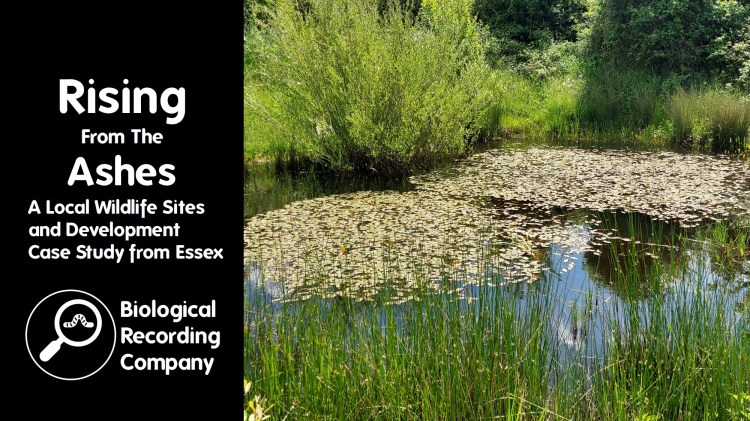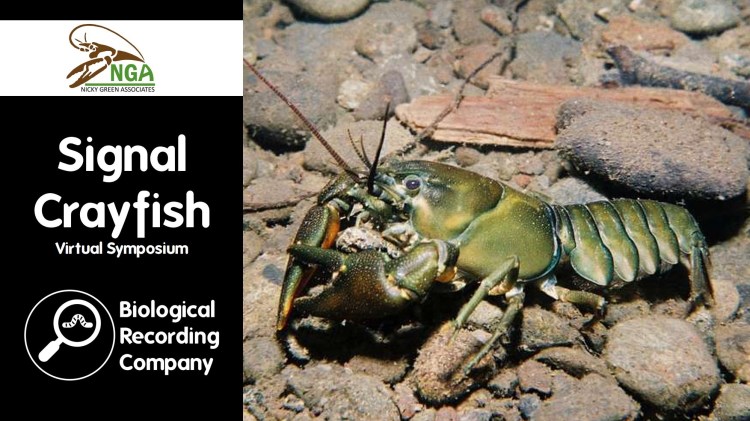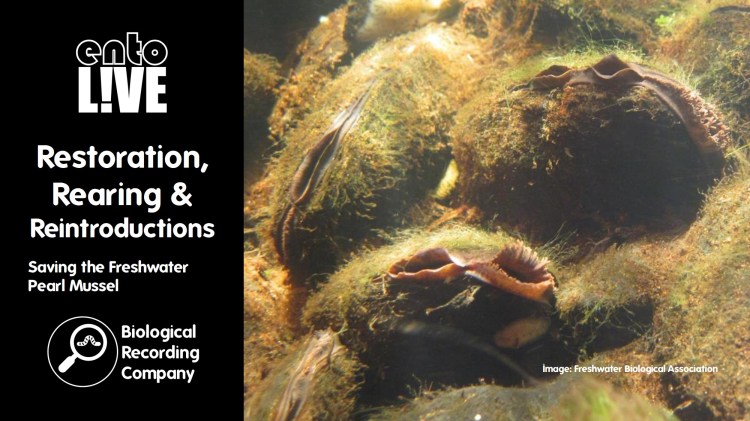To design Biodiversity Net Gain, Ecologists must balance the unit calculation of the Biodiversity Metric with the Metric’s trading rules, whilst ensuring the habitat creation and enhancement of a BNG design are feasible, will endure for at least 30 years and contribute towards conservation. Julia explores this balance, with key considerations and pitfalls to avoid for BNG to genuinely deliver long-term and meaningful outcomes on the ground.
Dr Julia Baker CEnv MCIEEM is Head of Nature Services at Mott MacDonald, leading their Nature Positive initiatives. Julia has designed and delivered Biodiversity Net Gain on a variety of infrastructure projects including transport, housing and energy. Julia is the lead author of the UK’s Good Practice Principles on Biodiversity Net Gain and runs professional training courses on BNG and the Biodiversity Metric.
Q&A with Dr Julia Baker
- Have the trading rules changed much between metrics 3.1 and 4?
The main change is that now trading rules must be followed. There has been uncertainty in previous metrics but now BNG is to achieve a minimum 10% increase in ‘habitat units’ in ways that meet the trading rules. - Are the irreplaceable habitats that you referenced defined well in the context of Biodiversity Net Gain or are we still waiting for further guidance?
There is a limited list of irreplaceable habitats in the National Planning Policy Framework. Also Technical Note 3 in the Biodiversity Net Gain: Good Practice Principles for Development, A Practical Guide provides guidance on identifying irreplaceable habitats. However, we do not have a complete list although my understanding is that Defra or Natural England will be publishing a list of irreplaceable habitats later this year. - Do you think that climate resilience should be built into the metric?
The Biodiversity metric is one tool for BNG and to demonstrate change in biodiversity that results from a development. My preference is that climate resilience is not included into the metric, but we need to absolutely make sure that climate resilience is factored into the BNG design and management plan - What is the link between the metric and the 2023 environmental targets in biodiversity?
I think it is up to us to really join the dots. We need to look at all of these environmental targets and consider what is the contribution that biodiversity net gain can make to those. My preference would be that there is more of a connection between those targets and BNG – BNG as a policy doesn’t act in isolation. We, in industry, need to think about the Green Infrastructure Standards, the Urban Greening Factor – it all works out when you think of these things together.
Further info and links
- The Biodiversity Metric 4.0 (JP039): http://publications.naturalengland.org.uk/publication/6049804846366720
- Upcoming free entoLIVE webinars: https://www.eventbrite.co.uk/cc/entolive-webinars-74679
- Full list of courses and events from the Biological Recording Company: https://www.eventbrite.co.uk/o/the-biological-recording-company-35982868173
- Proposed Condition Assessment Method for BNG by Digital Ecology: https://digital-ecology.co.uk/condition-assessment-method.html


















